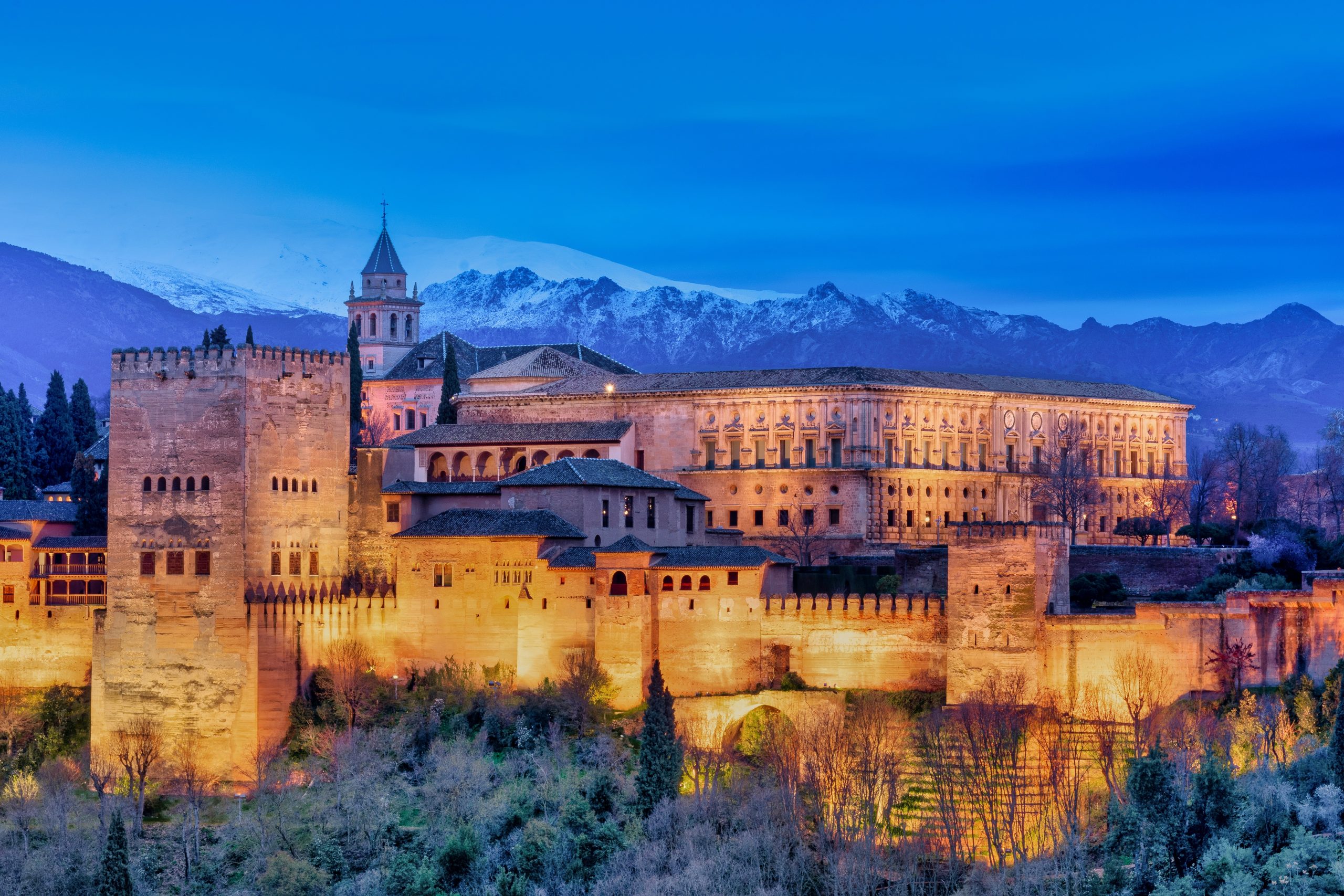Spain is a renowned tourist destination for many reasons – its stunningly diverse landscape, tasty food, passionate culture, and rich history. The country has long been one of the most popular travel destinations in the world, and it doesn’t seem like that’s about to change anytime soon. The nation boasts the third-highest number of UNESCO World Heritage Sites worldwide, ranging from Moorish castles to fantasy turn-of-the-century architecture.
If you’re planning a vacation in Spain soon, you might consider checking out some of its UNESCO World Heritage Sites. For those unfamiliar with the concept, UNESCO World Heritage Sites are locations around the world that have been deemed by UNESCO (United Nations Educational, Scientific and Cultural Organization) as having “outstanding universal value”.
In other words, these places are definitely worth your time and attention. With that being said, here are five of the best UNESCO World Heritage Sites in Spain that you must visit.
The 5 Best UNESCO World Heritage Sites in Spain
Spain is home to some of Europe’s most stunning UNESCO World Heritage Sites. From the historic city of Toledo to the world-famous Alhambra Palace, there are plenty of incredible places to explore.
If you’re planning a trip to Spain, be sure to add these five UNESCO World Heritage Sites to your itinerary:
1. Works of Antoni Gaudí, Barcelona
Antoni Gaud, one of the most notable sons of Barcelona, gave the city an indelible architectural heritage. Gaud was the most recognized pioneer of Catalan Modernism, designing structures around the province in the late nineteenth and early twentieth centuries.
The UNESCO World Heritage Site ‘Works of Antoni Gaud’ includes seven of his creations, including his incomplete basilica, the Casa Mila, Sagrada Familia, and Park Güell.
2. Alhambra and Generalife, Granada
The Moorish hilltop castle of Granada began as a minor fort before being lavishly expanded in the 13th century by the city’s Nasrid emirs. The Alhambra, called Europe’s most magnificent Islamic structure, is a marvel of Islamic grandeur, engineering, and craftsmanship.
3. Roman remains, Tarragona
The most extensive Roman ruins in Spain may be found in the northeastern city of Tarragona, or Tárraco, as the Romans called it. It was the first Roman town on the Iberian Peninsula and an economic center in Roman Spain. The city’s spectacular coastal amphitheater is one of the city’s key relics that has been named a UNESCO World Heritage Site.
4. Segovia aqueduct
The aqueduct that spans the town of Segovia, northwest of Madrid, is another Roman World Heritage Site in Spain. Its 166 arches transported water from the River Frio, 17km (10.5 miles) from the town, making it one of the best-preserved Roman aqueducts in the world. Surprisingly, the engineering masterpiece, created around the 1st century AD, is bound together solely by gravity; no mortar is used to hold the rocks together.
5. Historic city of Toledo
The gorgeous city of Toledo, south of Madrid, has nearly 2,000 years of history, having evolved from a Roman town and the metropolis of Visigothic Spain to a center of convivencia (coexistence), when Christians, Jews, and Muslims coexisted in relative harmony. The city’s multiculturalism has resulted in diverse buildings, from its Jewish district to the Cristo de la Luz mosque and the imposing Gothic cathedral.
The Best Time to Visit UNESCO World Heritage Sites in Spain
The best time to visit UNESCO World Heritage Sites in Spain is during the shoulder seasons, which are April through May and September through October. During these months, the weather is milder and there are fewer crowds.
Are there any other UNESCO sites in Spain that are worth visiting?
There are a number of other UNESCO sites in Spain that are definitely worth visiting. These include the Hanging Houses of Cuenca, the Royal Palace of Aranjuez, and the Monte Perdido.
Spain is home to some of the most exciting and beautiful UNESCO World Heritage Sites. You can start exploring the marvels of Spain with these 5 UNESCO sites.
